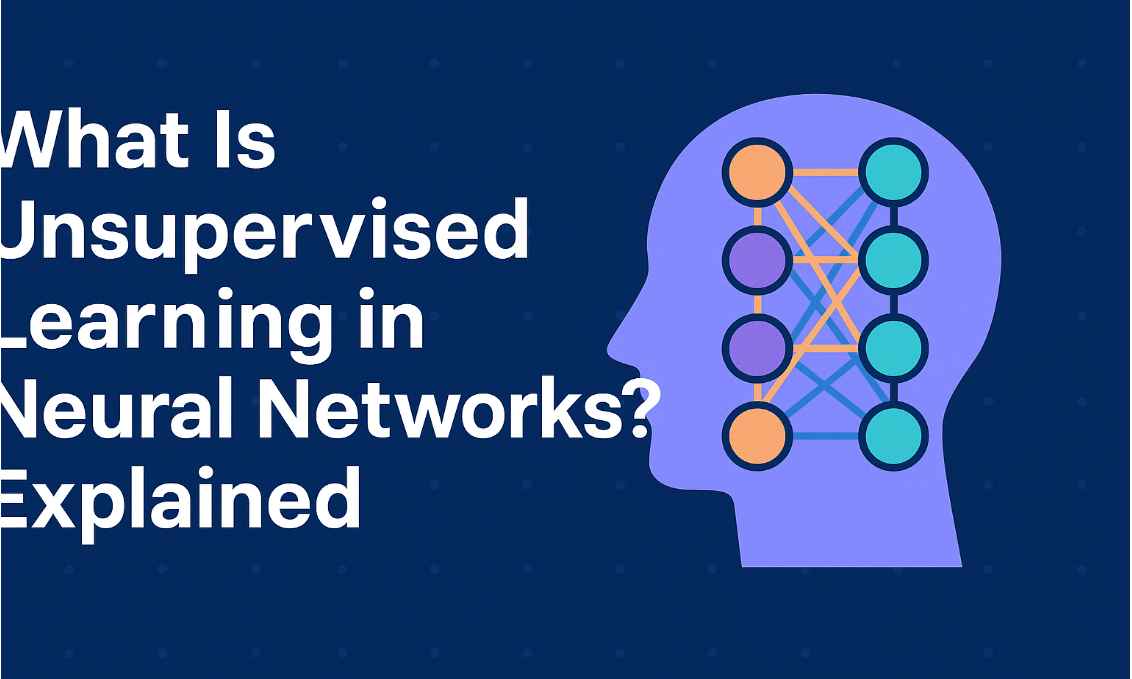
What is Machine Learning Using Neural Network? Complete Guide with Examples, Courses, and Real-World Impact
Introduction
Machine Learning using Neural Networks has revolutionized the way computers learn and solve complex tasks. It combines computational power with brain-inspired models to achieve near-human intelligence in various domains. From predicting diseases to powering chatbots, neural networks are at the core of modern AI systems. In this blog post, we will explore the foundation, history, types, real-world applications, and step-by-step guides to mastering machine learning through neural networks.
Table of Contents
What is Machine Learning Using Neural Network?
History and Evolution
How Neural Networks Work
Real-World Examples
Advantages of Neural Network-based Machine Learning
Disadvantages
Machine Learning Courses with Neural Network Focus
Difference Between Neural Networks and Traditional Algorithms
Fuzzy Decision Making vs. Neural Networks
Common Results and Accuracy
Problem Solving Example
Conclusion
FAQs
What is Machine Learning Using Neural Network?
Machine Learning (ML) using Neural Networks refers to the process where algorithms learn patterns and decision rules from data, powered by architectures inspired by the human brain. Neural networks consist of layers of nodes (neurons) that process input data to identify relationships and make predictions or decisions.
History and Evolution
The concept of neural networks began in the 1940s with McCulloch and Pitts' model of artificial neurons. However, the field gained traction in the 1980s with the backpropagation algorithm. In recent years, the availability of big data and powerful GPUs has propelled deep learning (a subset of neural networks) to the forefront of AI research and applications.
How Neural Networks Work
Neural networks consist of three primary layers:
Input Layer – Takes in raw data (text, image, audio).
Hidden Layers – Perform complex computations and transformations.
Output Layer – Produces the final result, such as classification or prediction.
Each neuron in a layer is connected to others via weights, and these weights are adjusted during training using algorithms like gradient descent and backpropagation.
Real-World Examples
Healthcare: Predicting diseases like diabetes or cancer using patient data.
Finance: Fraud detection in credit card transactions.
E-commerce: Personalized product recommendations.
Transportation: Self-driving car navigation and obstacle detection.
Advantages of Neural Network-Based ML
Ability to handle non-linear data.
Robust pattern recognition.
Self-learning and improvement over time.
Adaptable to various data types: text, images, audio.
Disadvantages
Requires large amounts of data for training.
High computational power needed.
Often treated as a "black box" – lack of interpretability.
Risk of overfitting on small datasets.
Machine Learning Courses with Neural Network Focus
Deep Learning Specialization by Andrew Ng (Coursera)
Neural Networks and Deep Learning (DeepLearning.ai)
Fast.ai Practical Deep Learning for Coders
Google AI Crash Course
MIT OpenCourseWare – Neural Networks
Difference Between Neural Networks and Traditional Algorithms
| Feature | Neural Networks | Traditional ML Algorithms |
|---|---|---|
| Learning Type | Representation Learning | Manual Feature Engineering |
| Data Requirements | High | Moderate |
| Interpretability | Low | High |
| Use Cases | Image, speech, NLP | Tabular data, regression |
Fuzzy Decision Making vs Neural Networks
While both fuzzy systems and neural networks handle uncertainty, fuzzy systems are rule-based and easy to interpret. Neural networks learn from data automatically and are more accurate in large-scale, complex environments.
Common Results and Accuracy
When trained on large datasets with optimized hyperparameters, neural networks can achieve 90%+ accuracy in image recognition, 95%+ in sentiment analysis, and outperform human-level accuracy in tasks like medical imaging.
Problem Solving Example
Problem: Predict whether a customer will purchase a product based on their browsing behavior.
Steps:
Collect data (time spent, clicks, page views).
Preprocess and normalize the data.
Design a neural network with an input layer (features), hidden layers (pattern learning), and an output layer (purchase prediction).
Train the model with labeled data.
Test and evaluate using accuracy, precision, recall.
Result: The neural network predicts buying behavior with 92% accuracy.
Conclusion
Machine Learning using Neural Networks is a powerful tool that's transforming industries. Its ability to mimic human brain patterns makes it ideal for solving complex, high-dimensional problems. As you explore this exciting field, remember that mastering neural networks requires practice, data, and continuous learning.
Are you ready to build your own neural network project? Let us know in the comments below!








